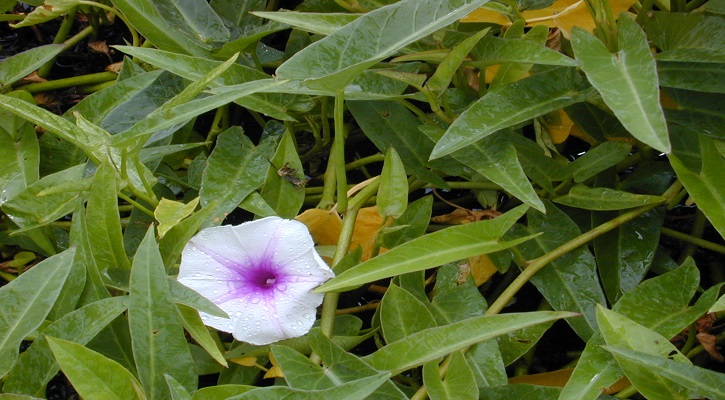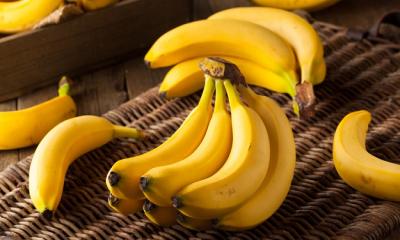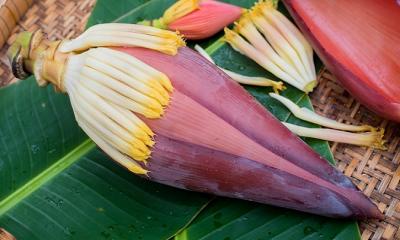
Water Spinach
- Womenscorner Desk
- September 20, 2020
Water spinach grows in water or on moist soil. Its stems are 2–3 metres (7–10 ft) or longer, rooting at the nodes, and they are hollow and can float. The leaves vary from typically sagittate (arrow head-shaped) to lanceolate, 5–15 cm (2–6 in) long and 2–8 cm (0.8–3 in) broad. The flowers are trumpet-shaped, 3–5 cm (1–2 in) in diameter, and usually white in colour with a mauve centre. Propagation is either by planting cuttings of the stem shoots, which will root along nodes, or by planting the seeds from flowers that produce seed pods.
Read More : Winged Bean
The vegetable is a common ingredient in East, South and Southeast Asian dishes, such as in stir-fried water spinach. In Singapore, Indonesia, and Malaysia, the tender shoots along with the leaves are usually stir-fried with chili pepper, garlic, ginger, dried shrimp paste (belacan/terasi) and other spices. In Penang and Ipoh, it is cooked with cuttlefish and a sweet and spicy sauce. Also known as eng chhai in the Hokkien dialect, it can also be boiled with preserved cuttlefish, then rinsed and mixed with spicy rojak paste to become jiu hu eng chhai. Boiled eng chhai also can be served with fermented krill noodle belacan bihun and prawn mi.
In Indonesian cuisine it is called kangkung, boiled or blanched together with other vegetables it forms the ingredient of gado-gado or pecel salads in peanut sauce. Some recipes that use kangkung is plecing kangkung from Lombok, and mie kangkung (kangkong noodle) from Jakarta.
Read More : Some Seeds will Make easy to Lose Weight Quickly
In Thailand, where it is called phak bung (Thai: ผักบุ้ง), it is eaten raw, often along with green papaya salad or nam phrik, in stir-fries and in curries such as kaeng som. In the Philippines, where it is called kangkóng, the tender shoots are cut into segments and cooked, together with the leaves, in fish and meat stews, such as sinigang. The vegetable is also commonly eaten alone. In adobong kangkóng (also called apan-apan), it is sautéed in cooking oil, onions, garlic, vinegar, and soy sauce. In ensaladang kangkóng (or kinilaw na kangkóng), it is blanched and served in vinegar or calamansi juice and fresh tomatoes and onions with salt and pepper to taste.
In binagoongang kangkóng (or ginisang kangkóng), it is sautéed with garlic and topped with bagoong alamang (shrimp paste) or bagoong isda (fermented fish) and sliced fresh tomatoes and onions, commonly also with cubed crispy liempo (pork belly) or pork adobo. It can also be spiced with siling haba or siling labuyo peppers, soy sauce, black pepper, and sugar. It differs from adobong kangkóng in that it does not use vinegar. A local appetiser called crispy kangkóng has the leaves coated in a flour-based batter and fried until crisp, similar to Japanese vegetable tempura.
Read More : Jeera Cooler Recipe For Digestion
Water spinach is used in the traditional medicine of southeast Asia and in the traditional medicine of some countries in Africa. In southeast Asian medicine it is used against piles, and nosebleeds, as an anthelmintic, and to treat high blood pressure. In Ayurveda, leaf extracts are used against jaundice and nervous debility. In indigenous medicine in Sri Lanka, water spinach is supposed to have insulin-like properties. Water extracts of Water spinach showed a blood sugar-lowering effect in Wistar rats. An aqueous juice of 100g plant material was given 30 minutes before eating glucose to diabetes 2 patients. After 2 hours it could be observed that blood glucose peak level was reduced by around 30%.
Also antioxidant bioactive compounds and anti-microbial substances could be detected in water spinach. Furthermore, plant extracts of water spinach inhibit cancer cell growth of Vero, Hep-2 and A-549 cells, though have moderate anti-cancer activity.
Source : Google





